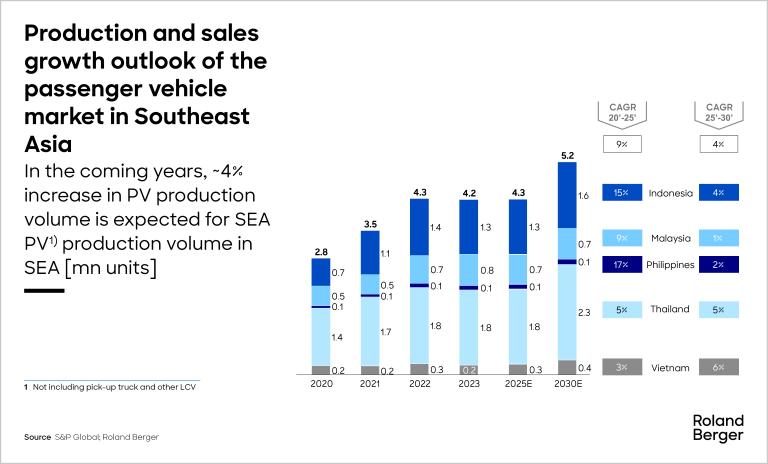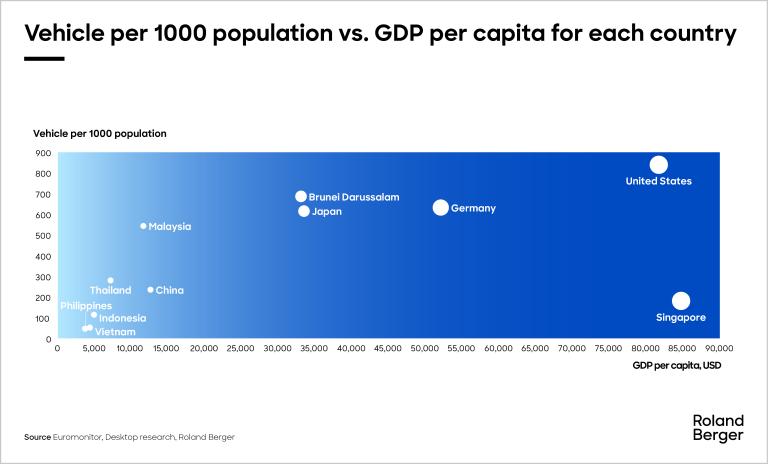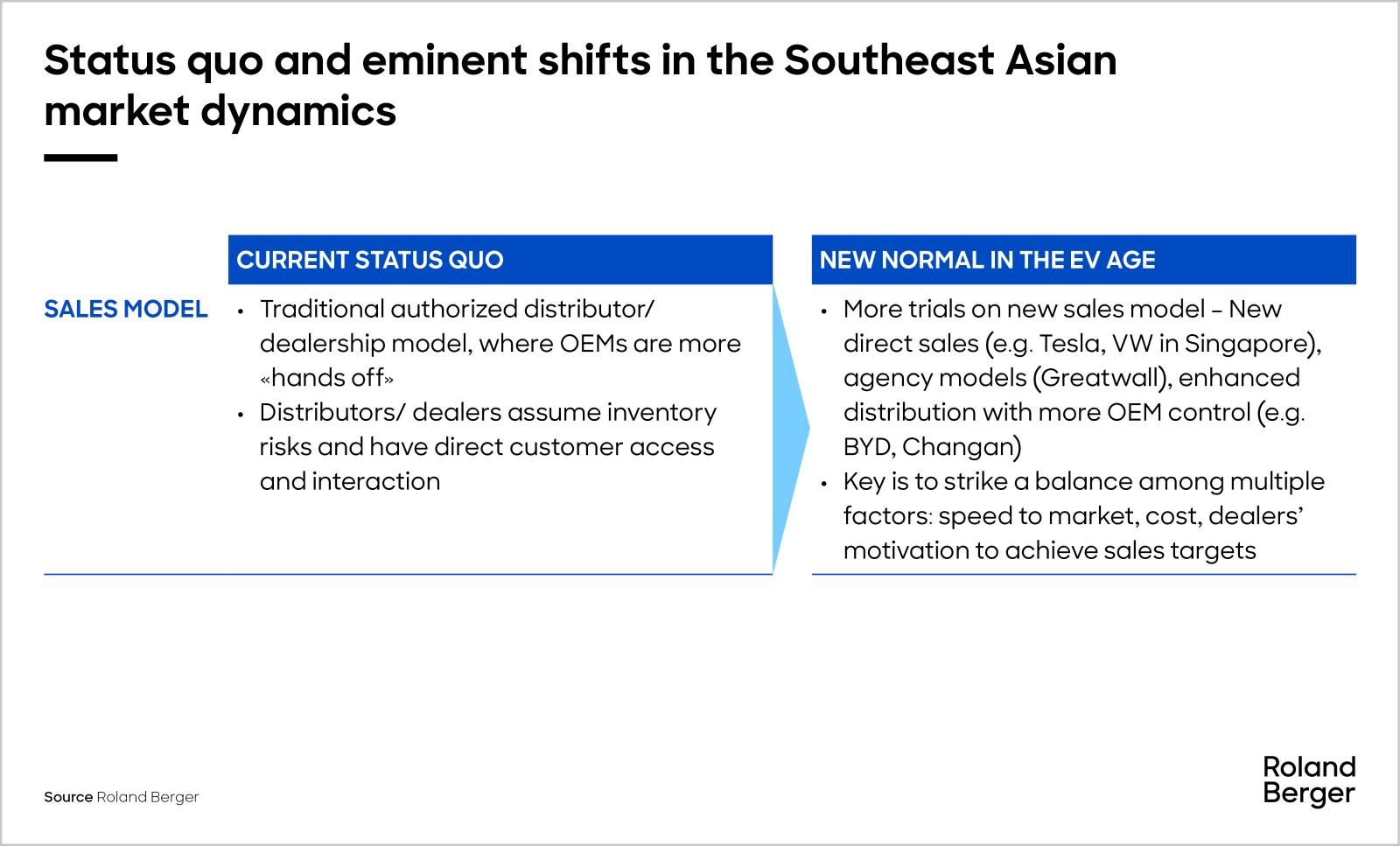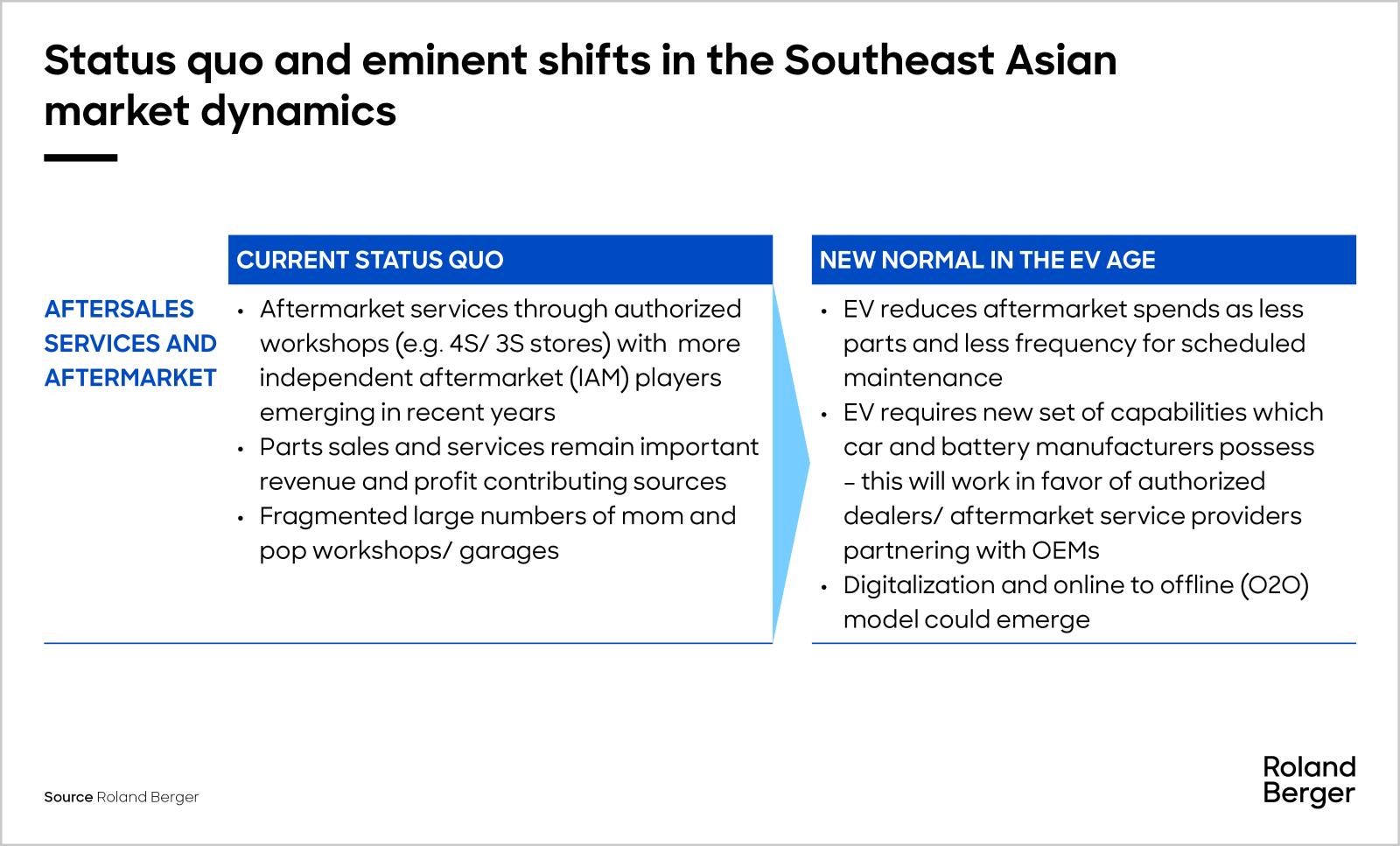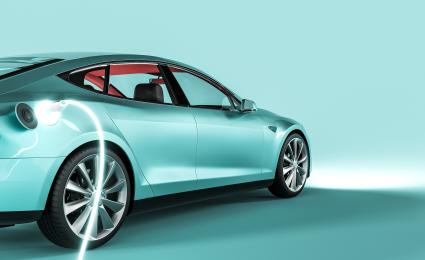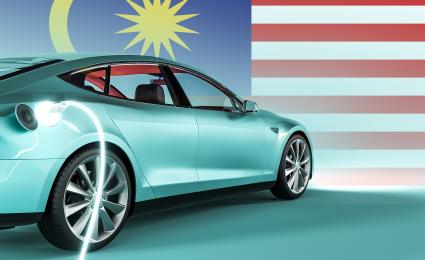The electric vehicle and EV charging market enjoyed a surge in late 2022 despite continued high energy prices.
" Transition to EV will disrupt the status quo of the Southeast Asian automotive industry and create a new normal. Automotive decision-makers have to act now to future-proof their business models. "





